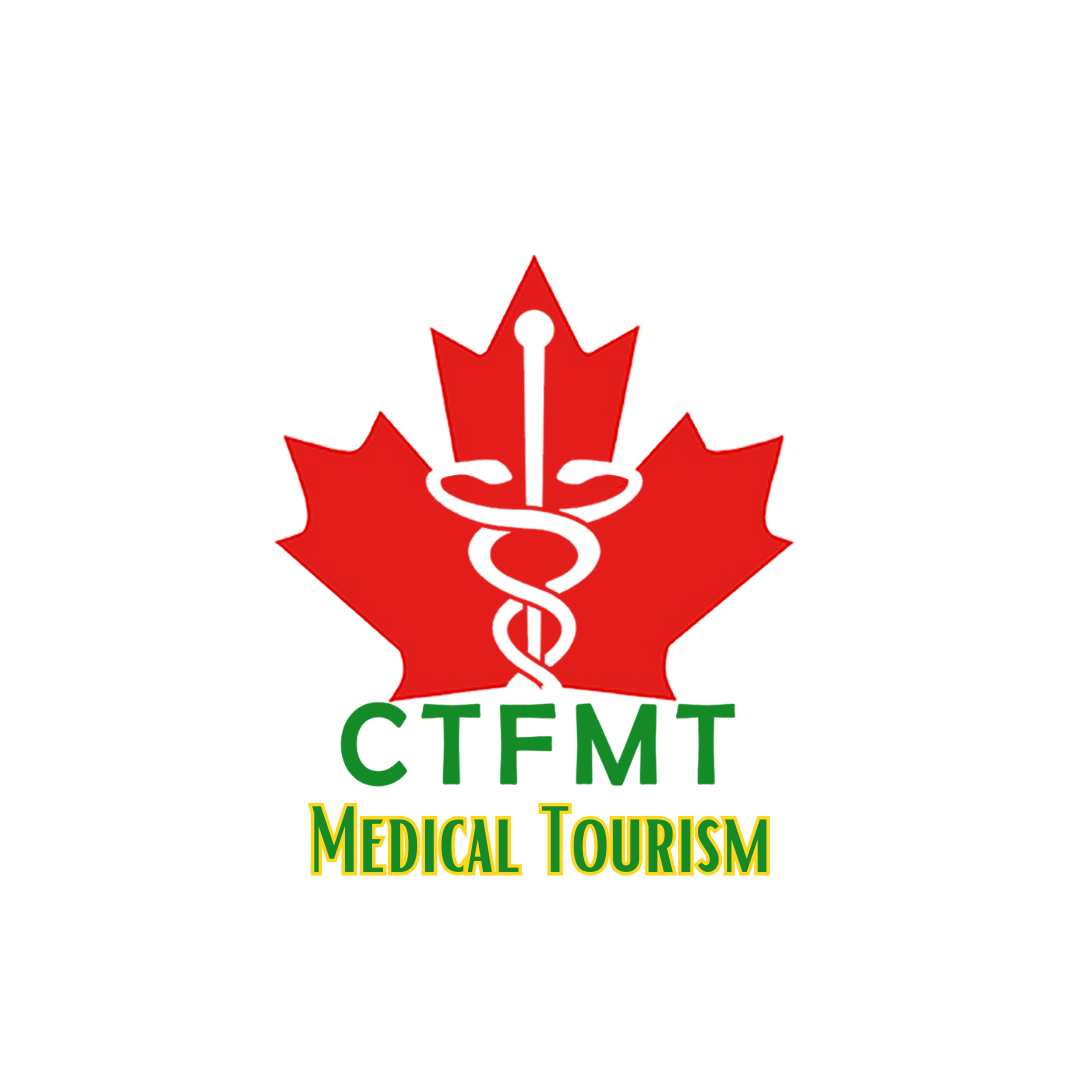Comprehensive Program for the Detection, Diagnosis and Intervention of the Hearing Impaired
Your Comprehensive Program for the Detection, Diagnosis, and Intervention of the Hearing Impaired is well-structured and aims to address hearing disabilities at different stages of life. Here’s an in-depth breakdown of each module, their impact, and the services and products involved:

Impact of the Program:
- The program’s development has a significant social impact, leading to more effective preventive healthcare policies.
- Focusing on children with hearing loss allows for early intervention, maximizing their potential for social development and successful integration.
- Incorporation of benefited children into society is fostered, enhancing their overall quality of life.
Module 1: Detection:
- Medical Services: A multidisciplinary team of specialists including neurophysiologists, otolaryngologists, audiology technicians, and speech therapists or nurses.
- Products: Otoacoustic emission equipment (NEURONIC A 2.1) and a neonatal inquiry system for hearing potential assessment.
Module 2: Diagnostic Confirmation:
- Medical Services: Involves a neurophysiologist, otolaryngologist, and audiology specialist for specialized diagnostic assessments and prosthesis therapy recommendations.
- Products: Digital clinical audiometer (NEURONIC A 3.1), clinical electro-audiometer (AUDIX 5) for transient and stable hearing potential registration, and an audiometric chamber for controlled testing environments.
Module 3: Intervention:

- Medical Services: Involves an audiology technician or nurse, along with specialists in Neurophysiology, Otolar
- yngology, or Audiology for prosthesis adjustment and cochlear implant surgery.
- Products: Audiological services with a digital system for manufacturing molds and casings for auditory prostheses, intra-auricular auditory prosthesis manufactured in Cuba, and supply of various auditory prostheses for different types of hearing loss.
Your program is comprehensive and designed to provide a continuum of care for individuals with hearing impairments. By incorporating different modules for detection, diagnostic confirmation, and intervention, you’re covering the full spectrum of needs related to hearing disabilities. The multidisciplinary approach and specialized equipment ensure that individuals receive accurate assessments and appropriate interventions. Furthermore, the program’s impact on preventive policies and the well-being of children with hearing loss underscores its significance in addressing a critical health issue.
